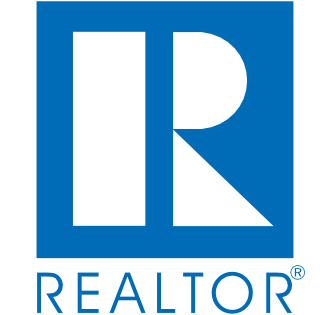Home Appraisal Tips for Buyers

Home Appraisal Tips for Buyers
A Home Appraiser is a Neutral Third Party
An appraiser is a state-licensed or certified professional whose job is to assess how much a house is worth. The appraiser is a neutral third party hired by the lender and does not represent the buyer or the seller. The appraiser’s primary focus is to provide an opinion regarding the assessed value of the home.
Appraisers survey a house in person using five main criteria to determine the value of a home:
- Location
- Age
- Condition
- Additions or renovations
- Recent sales of comparable homes
When it comes to home appraisals, buyers and sellers should be aware that the home appraisal process is less emotional and more business-like. Lenders do not care about any intrinsic value a buyer or seller might have regarding that perfectly renovated kitchen or the eccentric blue-painted wall that would fit well with an art piece the buyer has in mind.
When a lender hires a home appraiser, the lender is simply looking to determine the value of the property simply as collateral. If for whatever reason plans change in the future and the buyer defaults on a mortgage payment or can’t pay, the lender would look to foreclose on the property and recoup the cost of lending. Practically, this means a home must be appraised at or above the agreed-upon purchase price. If for some reason the purchase price differs from the appraised price set by the home appraiser, the seller must lower the purchase price or the buyer must make up the difference or some combination of the above in order for the home buying transaction to be completed.
Who Pays for the Home Appraisal and Appraisal Contingencies?
Typically, the home buyer is responsible for paying for the appraisal — and the fee is typically wrapped into your closing costs. Although this is generally true, who pays for the appraisal can be negotiated between the buyer and seller. The cost for a home appraisal varies depending on the size of the home and any unique factors of the home. Typically, the appraisal cost between $350 to $500, but can also be negotiated.
It is common for a home purchase agreement to include a “home appraisal contingency” which requires that the appraisal be completed within 17 days or so of the sales contract being signed. The home appraisal report will usually be ordered early by the lender in order to account for the inspection time and the time needed for the home appraiser to write up the report.
Content of a Typical Appraisal Report
During the home appraisal, the appraiser will take pictures of the exterior and interior of the home and take measurements of room sizes, and note special features such as upgrades to kitchen countertops, flooring, bath fixtures, etc. The appraiser typically gathers data from comparable homes in close proximity of the subject property and take into consideration any other factors that would influence the value of the home.
Upon completion of the report, the buyer and lender will both receive a copy of the report. There are three scenarios to act upon when reviewing the final report:
- If the appraiser’s valuation matches the price you and the seller agreed to for the home: This means the there are no issues with the agreed-upon purchase price and the actual appraised value. Practically, this allows your lender to proceed with underwriting your loan.
- If the appraiser’s valuation is higher than what you’re paying for the home: Congratulations! You’ve gained immediate equity. Since the seller agreed to sell the house at the purchase price, but the appraised value is higher, it means that the house is worth more than what the buyer is paying for it.
- If the appraisal is lower than what you’ve agreed to pay for the home: This would be a problem since the lender won’t give you, the buyer, the loan for more than the appraised value. There are remedies to this undesirable scenario though.
Remedies for Low Appraisals
There are a few reasons why appraisals might come in lower than expected:
- Both seller and buyer overvalued the price of the home.
- The appraiser might not be as familiar with the neighborhood or did not factor in pending sales data
- The property is in a desirable neighborhood with no homes going on the market to provide the appraiser with recent comparable home sales.
- Home prices can change very fast in a hot market providing a moving target for the home appraisal.
In general, the best strategy to address a low appraisal value is to persuade the seller to lower the purchase price to the appraised value or to split the difference between both parties. The value of a good agent comes through in scenarios like this when he or she can negotiate effectively on your behalf.
A secondary recourse is to request a re-appraisal of the property by providing new data or comparable homes that the home appraiser might not have taken into account with the original appraisal assessment. Forwarding additional data to the lender for a re-appraisal might be accommodated although it is up to the appraiser to revise the valuation or not.
A third option might be to request a second appraisal from the lender although this would typically mean additional cost for the buyer and there might be restrictions based on lender conditions and loan types.
The last option: You can come up with the cash yourself to cover the difference between the home’s price and the appraised value.
If a remedy can not be found, the buyer with a purchase agreement’s home appraisal contingency gives the buyer the option to walk away from the deal with earnest money deposit refunded. In essence, the buyer can walk away from the deal because the home appraisal contingency requirement was not met.
In general, the home appraisal provides the buyer and seller a neutral third-party assessment of home value so that both parties can complete the transaction with consistent data and insights.



